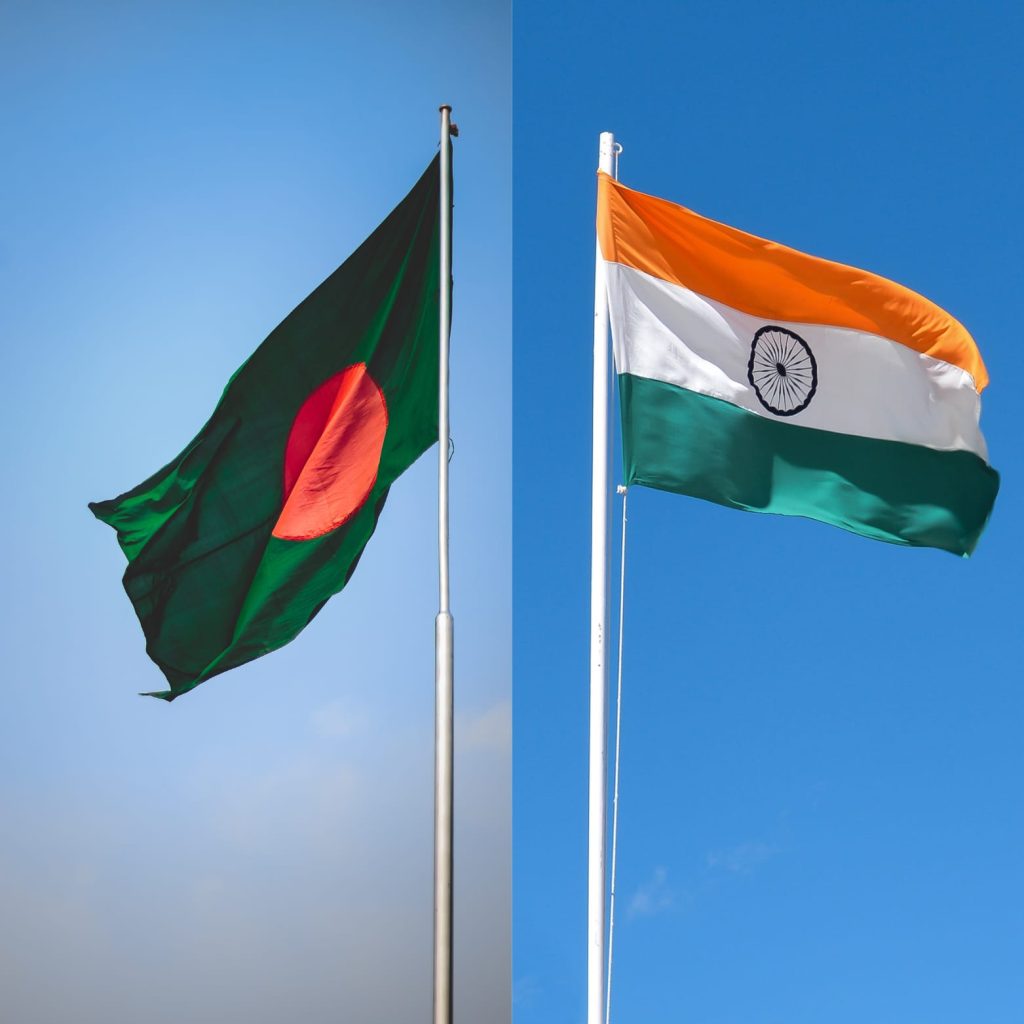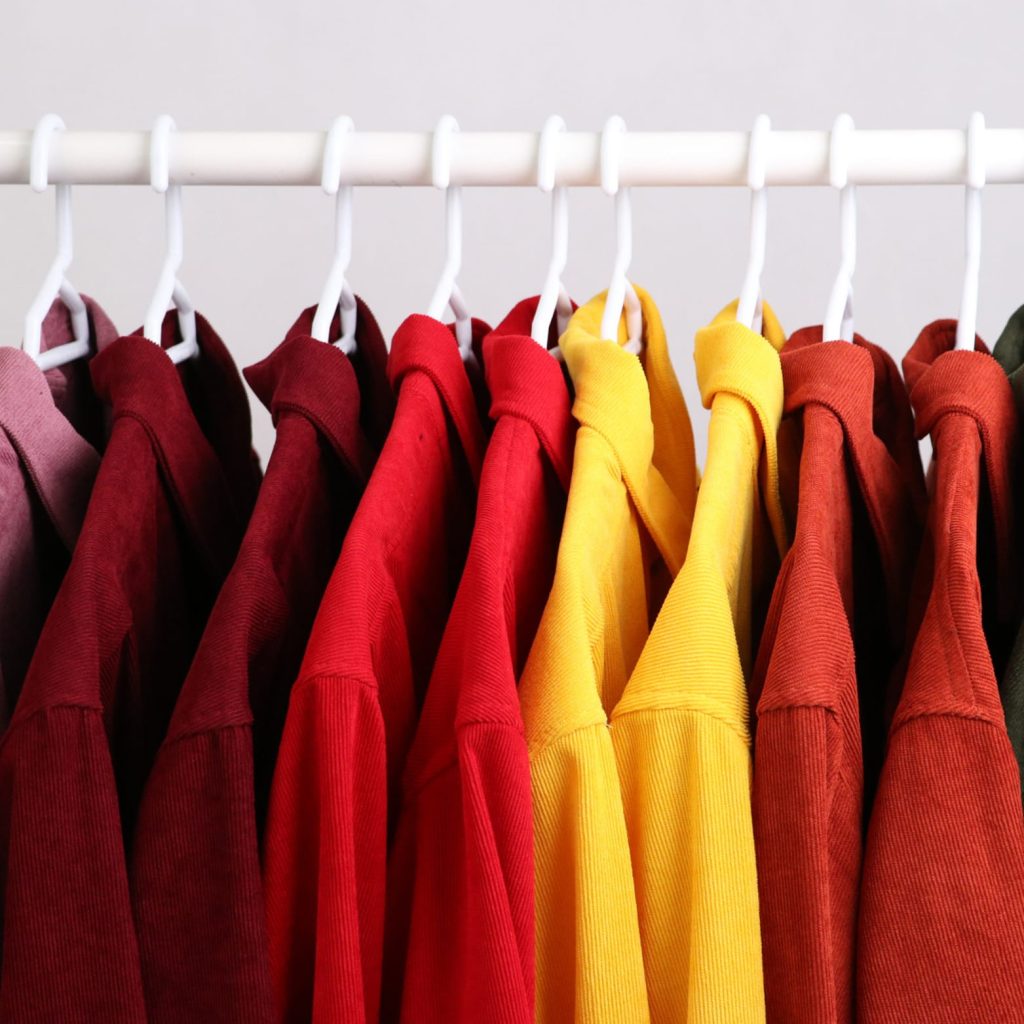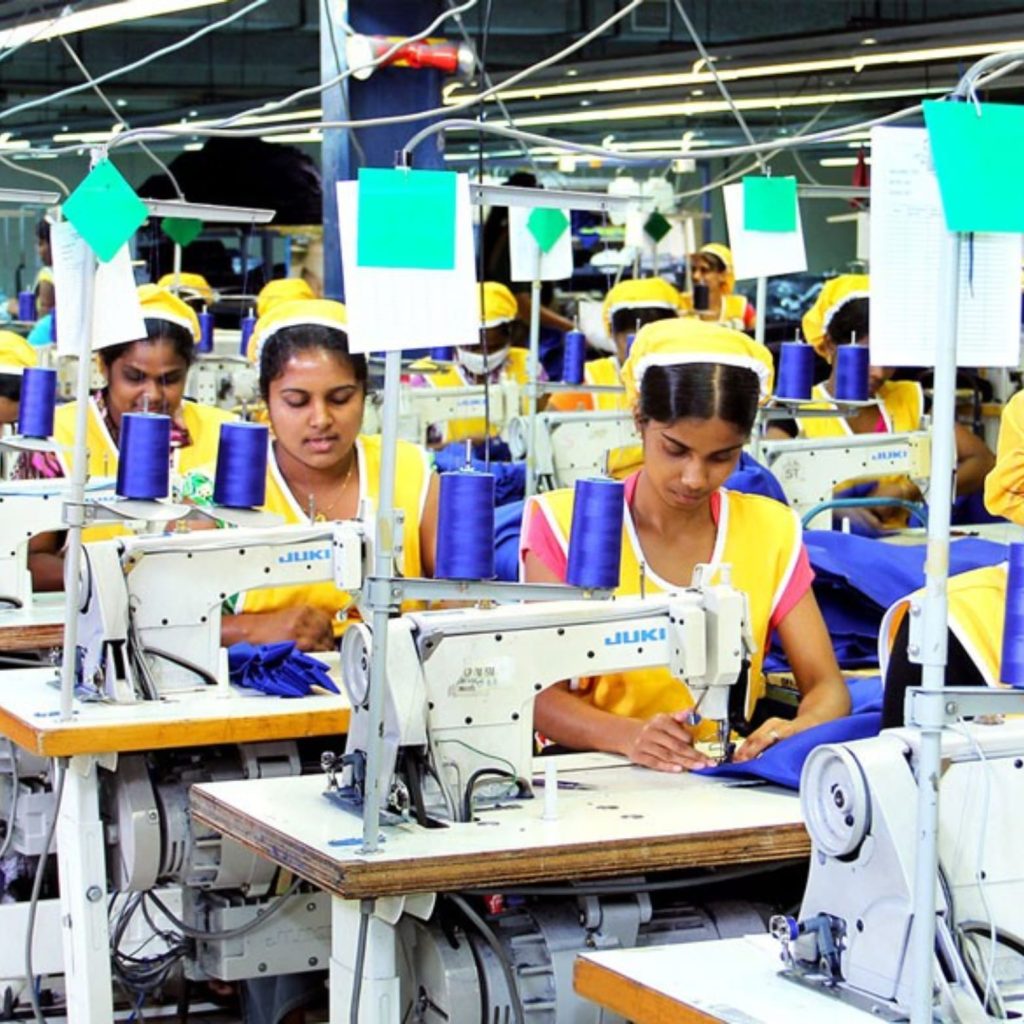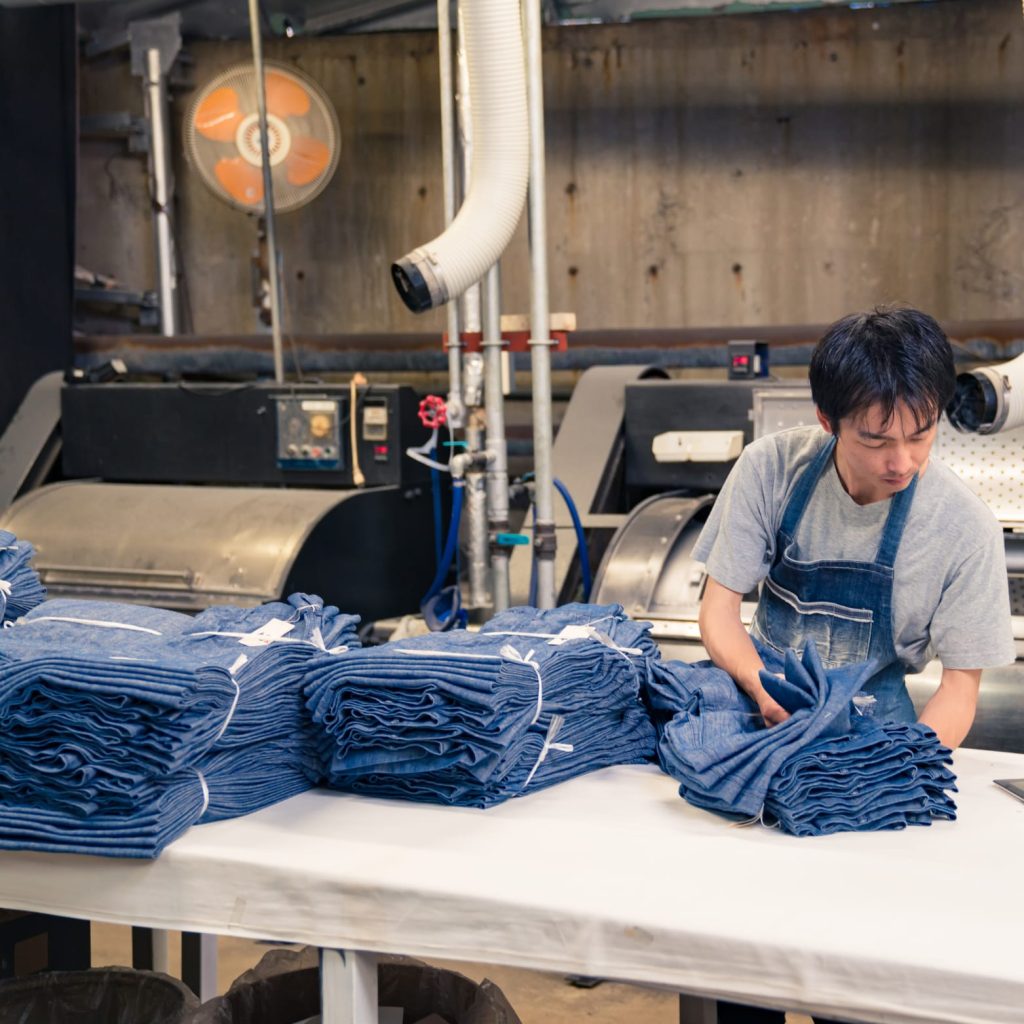
The garment industry stands as a crucial pillar of economic growth and global trade, with countries like Bangladesh and India emerging as key players in this dynamic landscape. A comparative analysis of their garment industries unveils intriguing insights into the competitive dynamics shaping the global textile and apparel market.
Production Capacity and Scale
Bangladesh has garnered widespread recognition for its formidable production capacity, boasting numerous factories that churn out garments in massive quantities. This specialization in mass production has propelled Bangladesh to the forefront of the global garment export market, making it one of the largest exporters in the world.
In contrast, India presents a more diversified garment industry landscape. While the country certainly possesses significant production capacity, it is characterized by a mix of large-scale manufacturers and smaller, specialized units. India’s strength lies in its ability to produce a wide array of garments, catering to diverse market segments ranging from traditional attire to contemporary fashion trends.




Labour Costs and Workforce
One of Bangladesh’s primary competitive advantages lies in its low labor costs, which have attracted substantial foreign investment and manufacturing contracts. The garment industry in Bangladesh employs millions of workers, predominantly women, contributing significantly to the country’s economic growth and development.
India, on the other hand, offers competitive labor costs coupled with an emphasis on skilled craftsmanship and innovation. India’s workforce is renowned for its versatility and adaptability, blending traditional craftsmanship with modern techniques to meet the demands of global markets.
Regulatory Environment and Compliance
The garment industry in Bangladesh has faced scrutiny and criticism regarding labour rights, workplace safety, and environmental sustainability. Despite ongoing efforts to improve regulations and compliance standards, challenges persist, impacting the industry’s reputation on the global stage.
In contrast, India maintains relatively stringent labour laws and environmental regulations, ensuring the welfare of workers and sustainability of manufacturing processes. While compliance with international standards may lead to higher production costs, it also enhances India’s reputation as a responsible sourcing destination.
Supply Chain Integration and Infrastructure

Bangladesh benefits from a well-established supply chain network supported by efficient logistics and infrastructure. Its strategic location in South Asia facilitates trade with major markets worldwide, contributing to the industry’s robust growth and expansion.
India’s garment industry operates within a complex supply chain ecosystem, with varying levels of infrastructure development across regions. While improvements in logistics infrastructure are underway, challenges such as transportation efficiency and bureaucratic procedures can impact supply chain integration and operational efficiency.
Collaboration and Competition
Both Bangladesh and India compete for market share in the global garment industry, often targeting similar export markets and customers. However, opportunities for collaboration exist between the two countries, including joint ventures, technology transfers, and skill exchange programs. Leveraging each other’s strengths can enhance competitiveness and foster sustainable growth in the region.
Conclusion
The garment industries of Bangladesh and India represent vital contributors to the global textile and apparel market, each possessing its unique strengths and challenges. While Bangladesh excels in large-scale production and cost competitiveness, India offers diversity, innovation, and skilled craftsmanship. By understanding and leveraging their comparative advantages, both countries can navigate the competitive dynamics of the garment industry and contribute to its continued growth and evolution on the global stage.




Excellent expression of knitwear fashion and good presentation on strength of both countries.
Please share such articles to inform know more about the apparel industry.
Sure, thank you!
Thank you Sathyanarayanan, Sure will share more such articles.